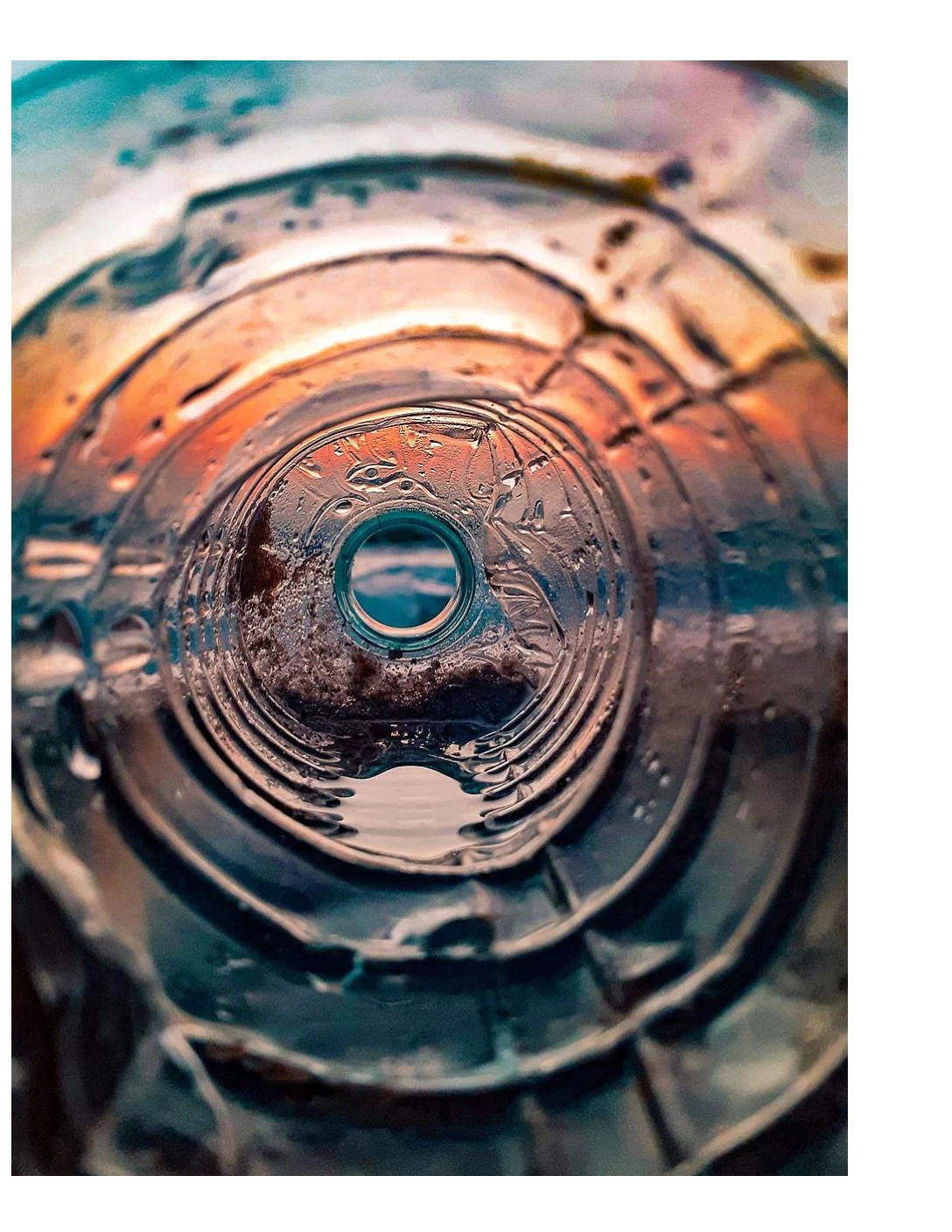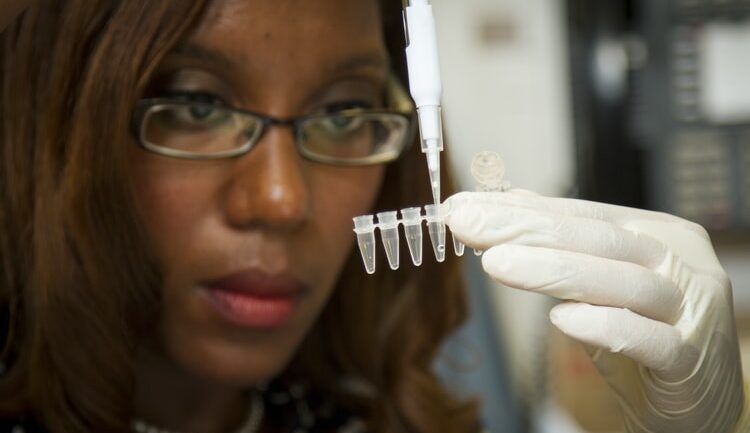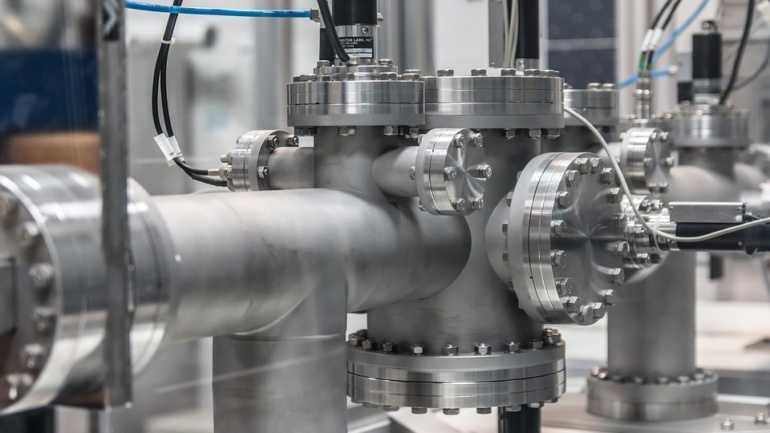By Hamideh Soltani-Ahmadi, Project Leader at Save the Water™| Aug 28, 2021
In our recently published article “Un-well” Water: What quality issues could be lurking in your well?, we explained what private wells are, how they work, and introduced concerns related to well water quality. These concerns are based on water pollutants originating from natural and man-made sources and the fact that the Environmental Protection Agency (EPA) does not regulate, monitor, or actively treat well water, nor do they provide recommended criteria or standards for wells. There are approximately 43 million people in the United States that rely on private well water for drinking and other uses at home, and in order to prevent contamination of wells and to develop solutions to this problem going forward, we need to gain more knowledge of these pollutants, their sources, and the consequences of consuming polluted well water.
Sources of pollution
Natural sources of pollution can come from minerals such as arsenic, radon, and fluoride which commonly exist in the earth’s crust. As groundwater flows through rocks and soil containing these minerals, they are dissolved or washed and can contaminate this groundwater which may find its way into private wells.
- Arsenic is an element that exists in ores that contain copper, iron, and lead and is often found in groundwater due to natural weathering of rock and soil. A study by the U.S. Geological Survey and Centers for Disease Control and Prevention estimates about 2.1 million people in 25 U.S. states have been exposed to higher arsenic concentration allowable in water from their private wells.
- Radon is a naturally-occurring radioactive gas that is formed by the radioactive decay of uranium to radium. Natural breakdown of uranium can occur in soil and rock, and radon as its by-product can dissolve into the water supply. The Pennsylvania Department of Health and Environmental Protection analyzed water from 1,041 wells and showed that 14% have radon at or above maximum contaminant level (MCL). In central Maine, 226 out of 789 wells showed radon above MCL, causing 324,000 people to be at risk of exposure to radon in their well water.
- Fluoride is a naturally-occurring mineral found in rock phosphate, cryolite, apatite, mica, hornblende, and calcium fluoride rock. Fluoride finds its way to underground water by weathering and decomposition of these rocks. Although fluoride is a known preventer of tooth decay, it can also cause adverse effects in too-high doses, such as fluorosis. Since well water is not regulated for fluoride, people who drink it could either consume too little or too much; with both extremes causing dental problems.
Man-made pollutants caused by human activity account for the other major source of well water pollution. These pollutants can come from local industry, agricultural runoff, livestock waste, septic systems, landfills, underground storage tanks, household waste, and well water structures and designs.
- Local industry such as mining operations, underground coal gasification, petroleum refineries, electronic manufacturers, and cement plants may introduce new chemicals into the earth with harmful effects as a result. Although the discharge of industrial wastewater is regulated by EPA, it is important to note that these regulations are based on the performance of treatment and control technologies and not based on their impact on water.
- Agricultural run-off consisting of fertilizers and pesticides developed to support the large demands of feeding a growing world population can find its way into the water supply through rain and irrigation. 95% of people living in highly agricultural areas where these fertilizers and pesticides are used drink water from wells.
- Livestock waste (manure) from farm animals is stored in unregulated lagoons or pits and applied untreated as fertilizer to farm fields. Leakage, spills, runoff, or flooding of these areas can occur, and as a result, these contaminants can find their way into surface and groundwater.
- Septic systems are underground wastewater treatment structures which one in five households in rural areas of the United States depend on to treat their wastewater. If the soil surrounding this system is not suitable for absorbing the water released into the drainfield, or if there is any system failure, leakage, or clogging due to improper use or lack of maintenance, the nearby surface and groundwater can become contaminated with waste.
- Landfills are commonly used as dumping grounds to dispose of garbage and waste. Even with highly-engineered landfill designs, water from the decomposition of this waste, which may contain harmful contaminants, can potentially percolate into the ground.
- Underground storage tanks, which contain petroleum and other fuels, are typically made from a strong steel, but are still vulnerable to corrosion after anywhere from 5 to 27 years. As a result of corroded tanks or other accidental spills, these toxic chemicals may find their way into groundwater.
- Household waste from homes such as chemicals, pesticides, fertilizer, and fuel could end up in the ground due to improper disposal or accidental spills, introducing these substances into the water system as a result.
- Well structures must be secure and free of corrosion. Otherwise, a rusted pipe, well casing, or compromised well cap could cause the water inside to become polluted.
Health issues from drinking contaminated well water
People can be exposed to many harmful substances and pathogens causing sickness, infections, and life-threatening consequences as a result of drinking or using tainted well water. Unfortunately, the most concerning health issues resulting from contaminated well water are chronic illnesses that develop slowly and may take years to surface.
- Microorganisms including bacteria, viruses, and parasites in water can come from leaking septic tanks and exposure to human sewage or animal waste through runoff sources. These can cause gastrointestinal illnesses and infections.
- Nitrate and nitrite exist in animal waste and fertilizer, chemical fertilizer, and human sewage. These pollutants lower the blood’s ability to carry oxygen. High levels of nitrate or nitrite can even cause a condition in infants known as methemoglobinemia or “blue baby syndrome” which may lead to serious illness or even death.
- Heavy metals such as lead, copper, cadmium, arsenic, chromium, and selenium can come from different sources. These include corrosion of well structures, activities such as mining, oil refining, and waste disposal, as well as from pesticides and natural mineral deposits. People who drink well water contaminated by these heavy metals are at risk of acute and chronic toxicity, liver and/or kidney damage, anemia, and cancer.
- Organic chemicals can be found in products such as pesticides, paint, pharmaceuticals, disinfectants, solvents, and cleaners. They can find their way to well water through spills, improper waste disposal, and surface runoff. People that drink this contaminated water may suffer damage to their liver, kidneys, and circulatory and nervous systems.
- Radionuclides such as uranium and radium can come into contact with well water through groundwater movement or flooding. Drinking water with radionuclides can cause toxic kidney effects and increase risk of cancer.
Where do we go from here?
In the United States, the federal government does not regulate or monitor private wells. Any regulations are enforced by individual states, which could lead to inconsistent policies throughout the country. Some states may not impose enough regulation while others may be overly-strict, with both extremes leading to inequities in water quality and varying degrees of health issues for people depending on where they choose to or happen to live.
Therefore, it is clear that there is a need for developing universal best practices and performing benchmarking studies to set well water regulations at the federal level in the United States. If not, there may be many in the country who suffer from seriously adverse health effects as a result of drinking or using the water in their own homes.





